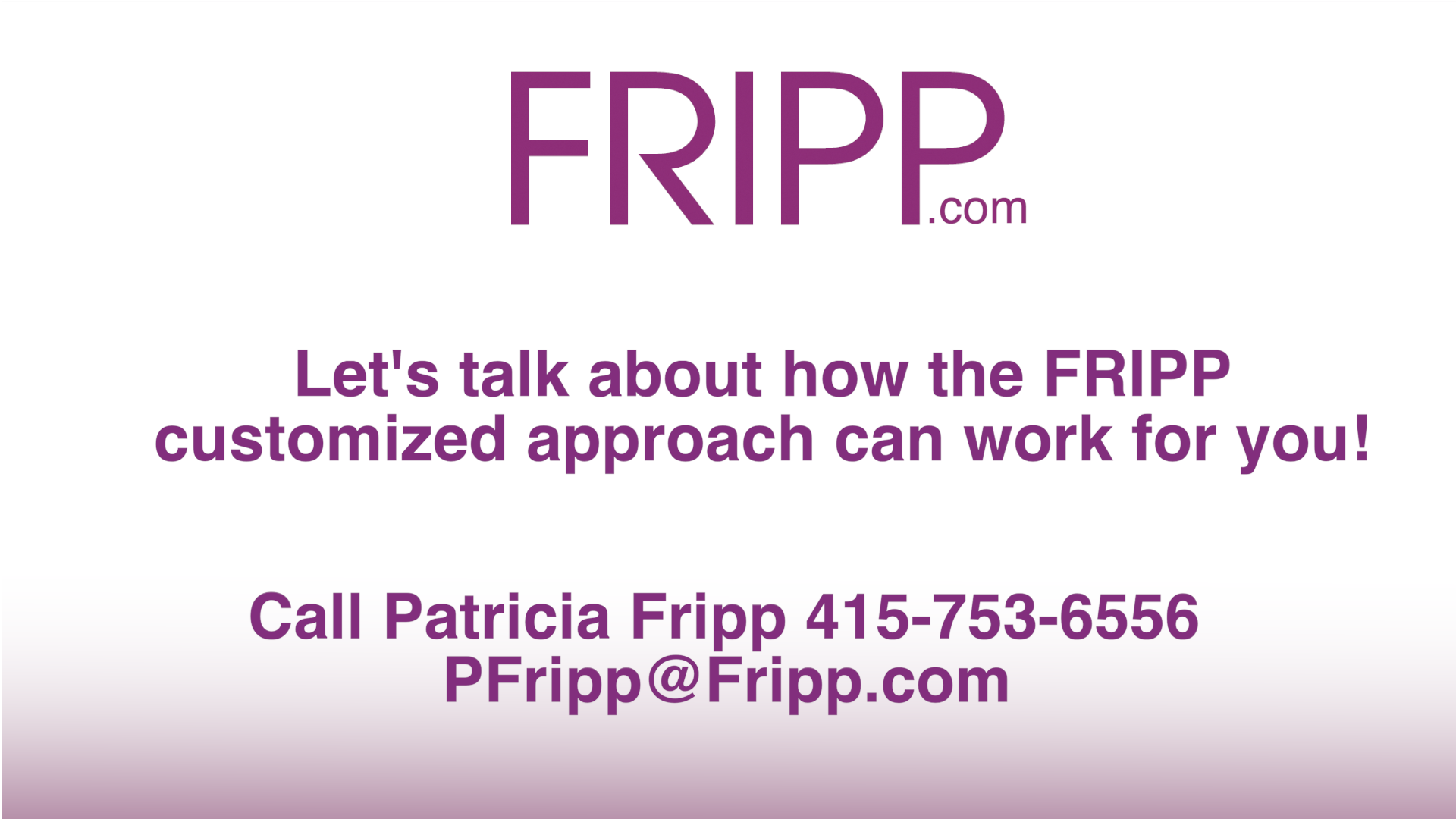I help high-tech companies with product launches and customer user conferences to highlight the value of their technology. It is a privilege to assist brilliant technical presenters in better understanding how to talk like real people speaking to real people. Their presentations need to simplify the complexity of technology without ever using the words basic or simple because if it were, why would they charge the price they do? Many love their busy, complex slides. My job is to help them understand that their visual aids may cause cognitive overload.
What is Cognitive Overload?
Cognitive overwhelm occurs when our brains are bombarded with too much information at once, making it difficult to process and retain anything. In public speaking, this often happens when a speaker overloads the audience with data, complex visuals, or rapid speech.
How It Affects Your Audience

When your audience is cognitively overwhelmed, they struggle to:
- Follow your key points.
- Retain important information.
- Engage with your message.
This can lead to disengagement and a lack of connection with your audience, which is the last thing you want in a presentation.
Common Causes of Cognitive Overload in Public Speaking
Here are a few common pitfalls that can lead to cognitive overwhelm:
Too Much Information: Bombarding your audience with excessive facts, statistics, or lengthy explanations can be counterproductive.
Complex Visual Aids: Overly detailed or complicated slides can distract rather than enhance your message.
Fast-Paced Delivery: Speaking too quickly can prevent your audience from absorbing the information.
Lack of Structure: Presenting poorly organized information makes it hard for the audience to follow.
Effective Use of Visual Aids
Visual aids can be powerful tools to enhance your presentation if used correctly. Here are some tips to avoid cognitive overwhelm:
Keep It Clean and Focused
Simplicity: Use clean, uncluttered visuals. Focus on one idea per slide to keep your audience’s attention.
Sparing Bullet Points: Limit each slide to 3-5 bullet points. Too many bullet points can be overwhelming.
Visual Hierarchy and Design

Visual Hierarchy: Use headings, subheadings, and different font sizes to guide your audience through the content.
Consistent Design: Stick to a consistent color scheme and layout to create a cohesive and visually appealing presentation.
Relevant Imagery
Relevant Images: Use images that directly support and illustrate your points. Avoid using images just for decoration.
Strategies to Prevent Cognitive Overwhelm
Prioritize and Pace
Prioritize Key Points: Identify the most crucial information you want your audience to remember and focus on those points.
Moderate Pace: Speak at a moderate pace, allowing time for your audience to digest the information.
Engage and Summarize
Interactive Elements: Incorporate questions, polls, or discussions to keep your audience engaged and give them time to process the information.
Regular Summarization: Periodically summarize key points to reinforce understanding and retention.
More Detailed Strategies
Storytelling and Chunking
Storytelling: Use stories to illustrate your points. People are more likely to remember a story than a list of facts. For example, instead of listing the effects of climate change, tell a story about a community affected by rising sea levels. I call this “Tell the story of the war through the eyes of one soldier.”
Chunking Information: Break down complex information into smaller, manageable chunks. Present these chunks one at a time to help your audience process the information. For example, introduce an idea, give an explanation, tell a story or give an example.
Analogies and Highlighting
Use of Analogies: Analogies can make complex information more relatable. For instance, compare the accumulation of carbon dioxide in the atmosphere to adding more blankets to a bed, making it increasingly warmer.
Highlight Key Information: Use different colors or fonts to highlight key points. This draws attention to the most crucial information and helps it stand out. Present your talking points as a build. Your audience can’t read and listen to you at the same time.
Active Pausing
Practice Active Pausing: Pause after important points to give your audience a moment to absorb your words. This technique also allows you to gauge their reactions and adjust your pace.
Striking the right balance is critical to avoiding cognitive overload in your presentations. By being mindful of the amount and complexity of the information you present and using visual aids effectively, you can keep your audience engaged and ensure your message has an impact, is remembered, and can be repeated.
When your technical presentations need to be memorable, let’s talk.
“Patricia, you saved the day! I was summoned on rather short notice to speak as a keynote speaker for our corporate annual sales conference. My task was to relate technical details to a non-technical audience. Lucky for me, a week in advance I found FrippVT online learning. I worked tirelessly, devouring the FrippVT content most evenings until 2 a.m. to perform at the highest level possible.
Can you imagine my excitement when I walked off stage and heard, ‘You stole the show,’ ‘Are you a professional speaker?’ and ‘The audience was hanging onto your every word.’
“FrippVT saved the day! I was summoned on short notice to deliver a keynote speaker for our corporate annual sales conference. Having your wisdom, advice, and guidance 24/7 throughout my preparation gave me the information and confidence to wow the speaking engagement. Consider me your biggest fan.” Scott Lelii, Head of Digital & IT, Volvo Construction Equipment Sales Regions North & Latin America
Need help for you or your team on improving important conversations and presentations? The Fripp Customized Approach will work for you. Contact Fripp today!

